Stretch Yourself: Using the Right Stretch at the Right Time
Stretching has become a bit controversial in bellydance classes. Should you stretch before class or after? Yes. You read that right – it depends on which kind of stretching you’re talking about. Let’s clear up some confusion about how and when to stretch for the best dance performance and flexibility gains.
Dynamic Stretching
Dynamic stretching takes you through a joint’s normal range of motion with control. The range can start out small and gradually increase as can the speed of movement, but the movement is always controlled and without any kind of bouncing or holding at the end of the range of motion.
When to use dynamic stretching
It is perfectly safe and appropriate to use dynamic stretches as part of your warmup for belly dance class or personal practice. It is effective because it increases joint lubrication, muscle temperature and blood supply to prepare the body for the dancing to come.
Ballistic Stretching
Ballistic stretching uses momentum and sometimes also gravity in a bouncing fashion to reach the limits of and even force past the normal range of motion for a joint. Does it sound like an iffy idea to you? Good, because it is.
When to use ballistic stretching
In dance class or your personal practice? Never, in my opinion as an exercise professional. Rather than relaxing and lengthening muscles, ballistic stretching repeatedly activates the stretch reflex which results in muscle tension. The muscle in question is stretched at the bottom of the bounce, then “springs” back up.
So why is this even a type of stretching? It does have applications -just not in our bellydance classes or practice. If you watch elite track athletes, you may see them doing bouncing hamstring stretches before the starting gun. Athletes that require explosive power and speed need springy muscles – it is more of an advantage to them than loose, relaxed hamstrings and quads. So leave the ballistic stretching to the track stars and let’s move along to better options for us as dancers.
Static Stretching
In static stretching, you position yourself near the end of your range of motion where you can feel a slightly uncomfortable tension. This position is held for about 30 seconds, with a conscious effort to relax the target muscle. Breathing and closing your eyes are often helpful here. The same stretch is repeated 2 or 3 times for maximum flexibility benefits.
When to use static stretching
Static stretching is the best type of flexibility exercise for after your belly dance class or practice when your muscles are good and warm and are receptive to lengthening. If you are looking to increase your flexibility for splits or back bends, static stretching that is focused on the muscles involved, done several time a week – following activity, of course – can help you reach your goal.
So for example…
If you are doing the forward fold and roll up or reverse swan dive of Sun Salutations from yoga, this is dynamic stretching – if you keep it moving and under control at all times.
If you bend over at the waist and bounce your hands (or elbows) toward the floor, this is ballistic stretching…. and STOP THAT.
If you are at the end of class and you bend over with your hands on resting on the floor or your shins and stay there for several relaxed breaths, this is static stretching. And this is good.
Now you know . Go forth and be flexible, dancers!


